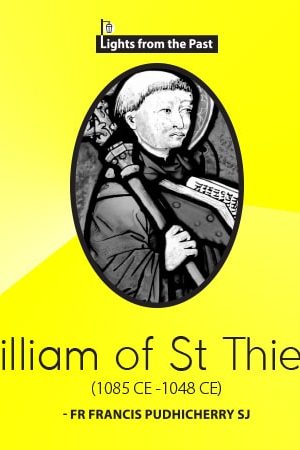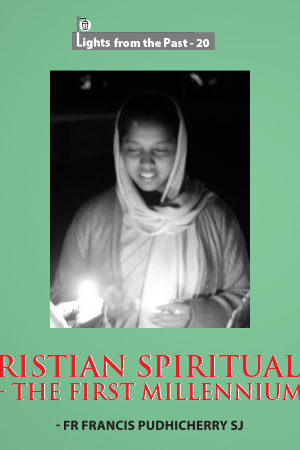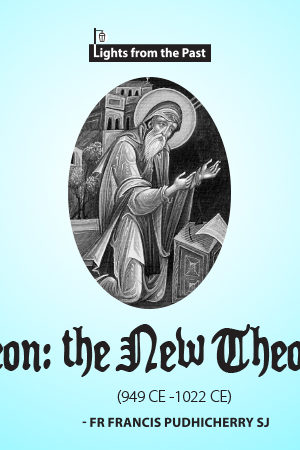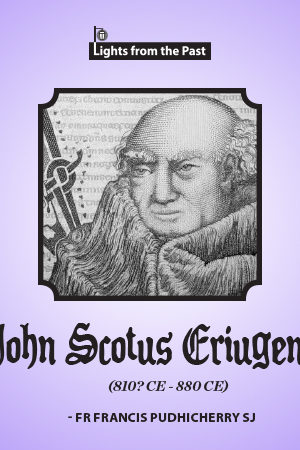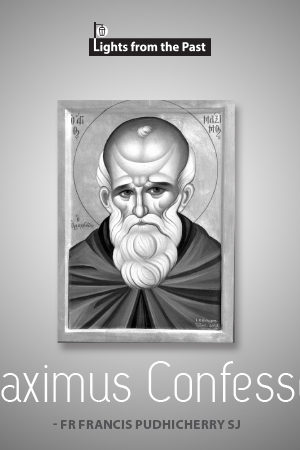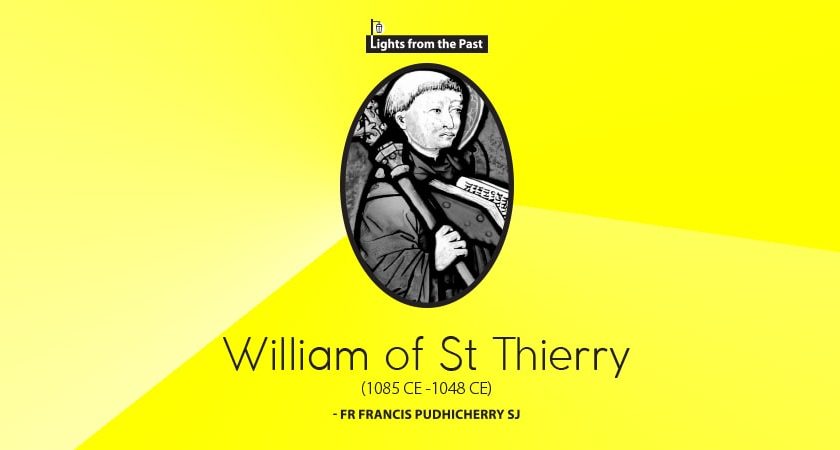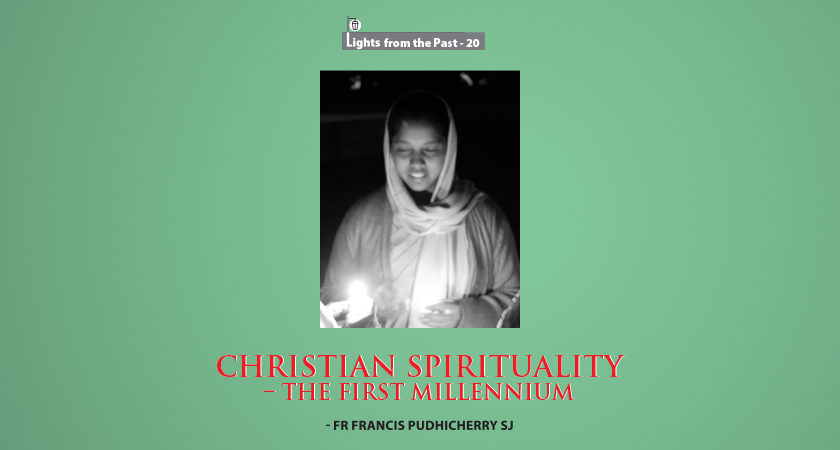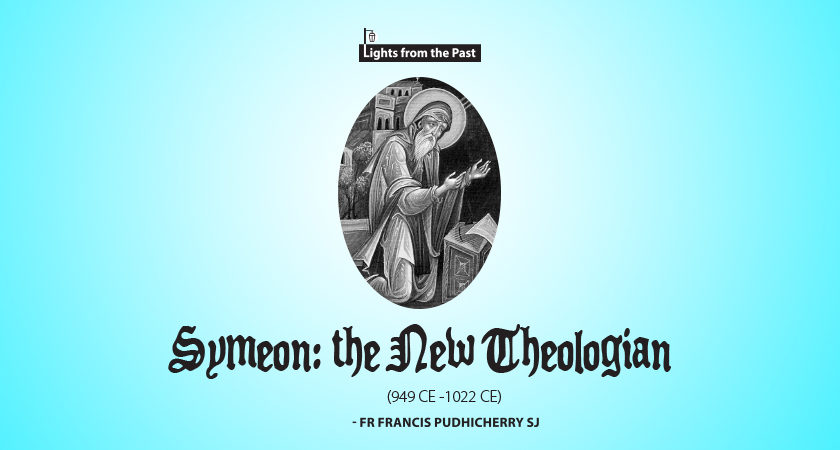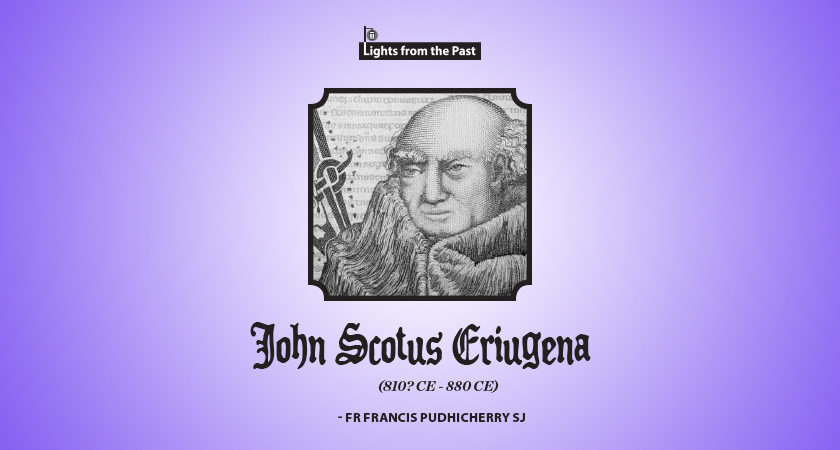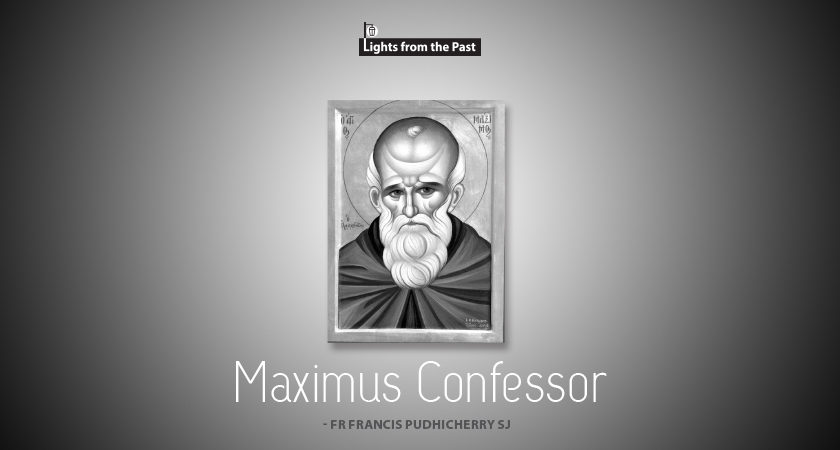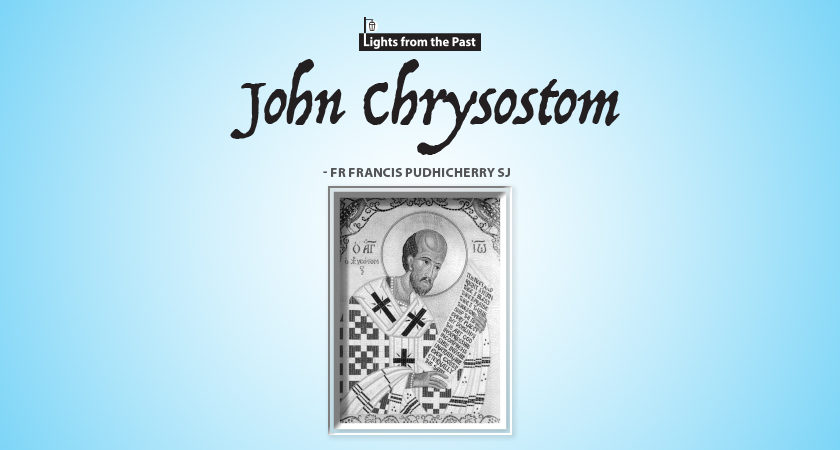A nobleman who left everything to seek God, and who believed (and taught) that to seek perfection and holiness is a duty, not a luxury.
“Not to wish to be perfect is to fall into sin. The will must always be nourished, love always prepared for the sake of perfection… We were created to God’s image so that we may be like God.” (Golden Letter – no. 259)
“Be perfect, therefore, as your heavenly Father is perfect.” (Mt. 5,48). The Second Vatican Council underlines the universal call to holiness in Chapter V of Lumen Gentium. More recently the Apostolic Exhortation of Pope Francis, Gaudete et Exultate, speaks on the call to holiness in today’s world. We see the call to perfection and holiness as being intrinsic to Christian living and all great theologians and spiritual writers make mention of it. William of St. Thierry, however, takes it further by stating that not to wish a life of perfection is a ‘sin.’ He firmly believed that the call to perfection and holiness is central to our identity of being made in the image of God. Only a person whose will is united with the will of God can reach such a state of perfection.
William was born in Liege around 1085 and came from a noble family. His initial education was at the Rheims Cathedral school. Before completing it, he, along with his brother, entered the Benedictine abbey of St. Nicaise. From the very beginning he demonstrated a contemplative spirit and his meeting with St. Bernard of Clairvaux would have a deep impact on his life. Within six years he was elected abbot of St. Thierry and fulfilled his responsibilities zealously. However, he wanted to join the monastery of Clairvaux and repeatedly requested Bernard, who finally accepted him after fifteen years into the Cistercian foundation at Signy near Reims. The austere life was not easy for William, but as a simple monk he relished the ambiance of solitude. He always held St. Bernard in high esteem and was writing his biography during the year of his death in 1148.
William was well versed with the Latin and Greek Fathers. Some of his important works included On Contemplating God, a commentary on the Songs of the Songs (1137-39), as well as works on anthropology and Scripture. However, it is in Golden Letter, written four years before his death in 1144, that we find an important summary of his mystical teachings.
Image and Likeness
He explains that the human person, created in the image of God, gets one’s being from God, participates in God, but at the same time is distinguishable from God in some way. William pointed out that image and likeness are different but related forms of participating in God. Image refers to originating participation which gives us our dignity and cannot be lost, whereas likeness comes through perfecting participation, whereby through our life of activity we come to resemble God. Both the forms of participation have been affected by sin, though it has been more on perfecting participation.
Three Moments on the Path of Love
The spiritual process needs to take into account the memory, understanding and will (Golden Letters 249) and consists in three phases. In the first, a Christian is moved by authority, doctrine and the exemplary lives of others. During the second stage, religion becomes more interiorized and the soul is directed to the indwelling presence of God. The third stage is where the person is enlightened and led by the Holy Spirit to greater union with God. William countered Abelard’s intellectualism and believed that at the highest forms of mystical experience, knowledge and love are the same. The three moments in the path of love consist in striving or desiring, feeling or perceiving, and transformation. All three are intertwined and in an integrated manner lead a person to God. William combined anthropology, theology and scripture in order to offer a systematic framework of spiritual life which had a strong impact on medieval mysticism and continues to illumine us even today.
Fr. Francis Pudhicherry SJ
To subscribe to the magazine, click Subscribe
